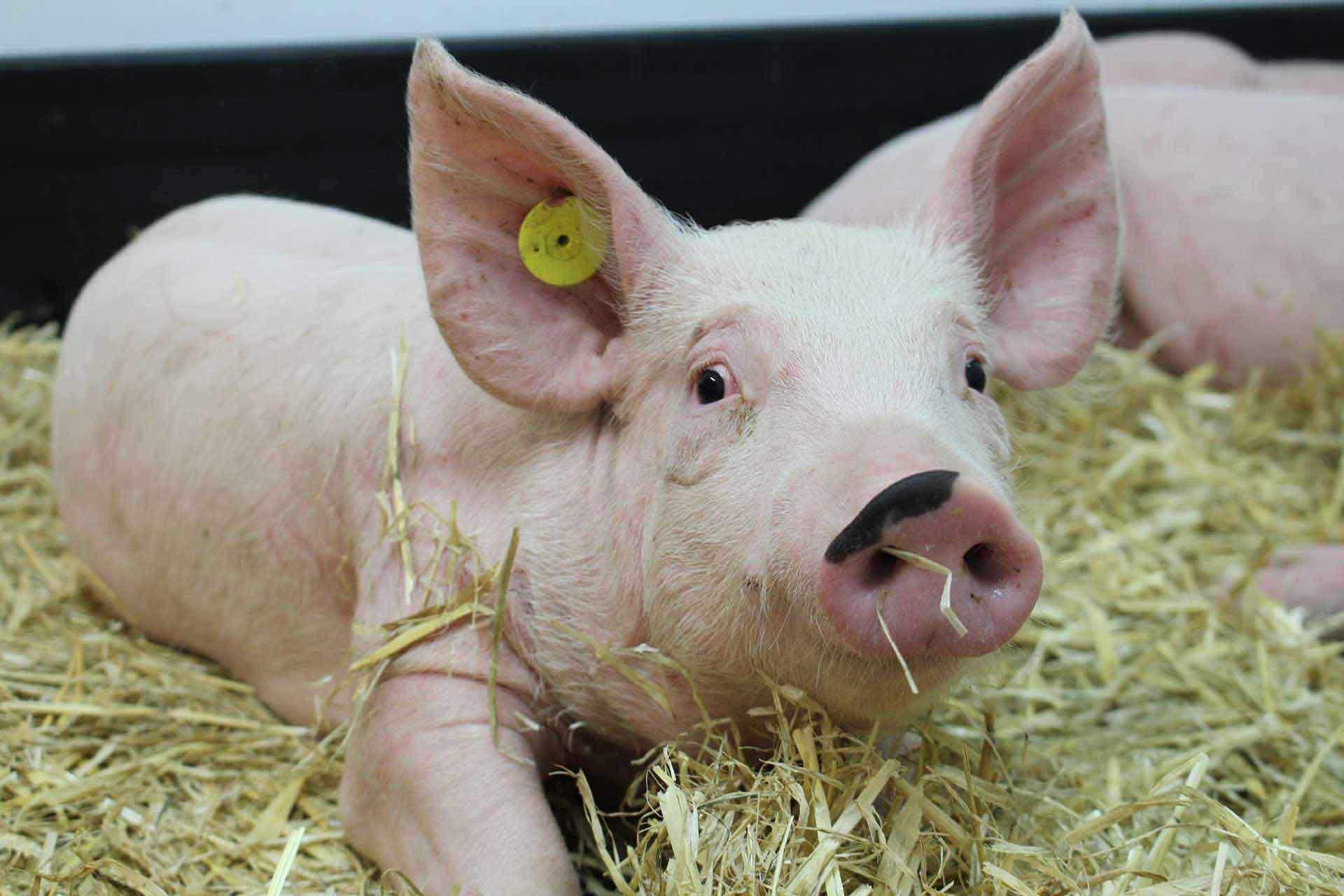Harnessing local and systemic immunity for vaccines against tuberculosis
The lung is the portal of entry for Mycobacterium tuberculosis (Mtb) and animal experimental evidence indicates that local immune defense mechanisms are crucial for protective immunity. Immunization via the lower respiratory tract efficiently induces a dividing, activated, antigen-dependent, lung-resident, memory T-cell population, which is partly recoverable by bronchoalveolar lavage. These cells can inhibit the growth of Mtb in the lungs immediately after infection. Delivery of appropriate signals to the lung innate immune system is critical for induction of effective local immunity. In contrast after parenteral immunization, antigen-specific cells may be found in lung tissue but few are recoverable by lavage and inhibition of mycobacterial growth is delayed. Harnessing both local and systemic immunity can provide highly effective protection in animal models and the evidence suggests that taken in aggregate, multiple animal models may predict the success of novel vaccine strategies in humans.
Back to publications
